Black Pepper: The Flavorful King of Spices (And How to Use It Like a Pro)
Table of Contents
Introduction to Black Pepper
Black pepper is one of the most popular and widely used spices in the world. Known as the 'King of Spices,' it has been used for centuries not only for its bold flavor but also for its medicinal properties. Derived from the dried fruit of the Piper nigrum plant, black pepper is harvested when the berries are still unripe and then dried, giving it that characteristic dark color and pungent aroma.
If you're new to the world of spices, black pepper is an excellent place to start. It's versatile, easy to find, and can elevate almost any dish. But don't be fooled by its simplicity—there's more to black pepper than just adding heat. From its different forms to its global origins, there's a lot to learn about this humble yet powerful spice.
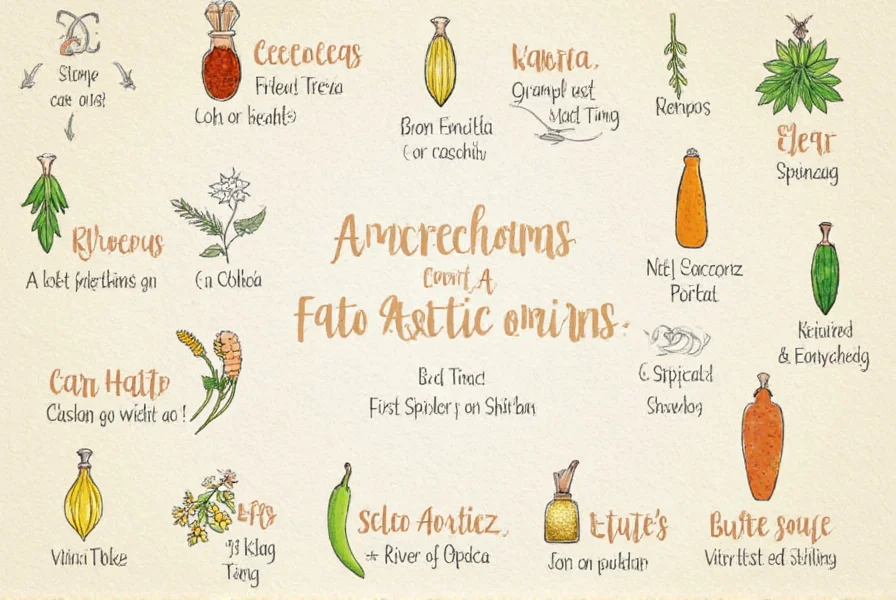
Practical Tips for Using Black Pepper
Whether you're a seasoned chef or a home cook, these practical tips will help you make the most of black pepper:
- Use freshly ground pepper: Pre-ground pepper loses its potency quickly. Invest in a good pepper mill and grind your own for maximum flavor.
- Pair it with other spices: Black pepper works well with cumin, coriander, paprika, and even cinnamon. Experiment with combinations to find your favorite.
- Add it at the end: To preserve its sharpness, add black pepper toward the end of cooking rather than at the beginning.
- Use it in marinades: Black pepper enhances the flavor of meats, seafood, and vegetables when used in marinades.
- Try it in sweet dishes: Believe it or not, black pepper can add depth to desserts like chocolate cakes or fruit compotes.
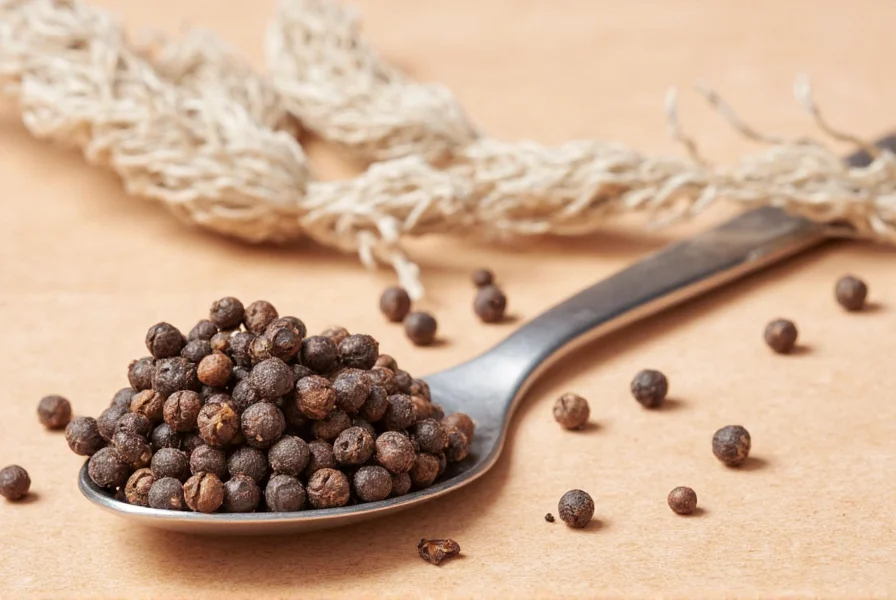
In-Depth Guide to Black Pepper Varieties
While black pepper is the most common form, there are several types of pepper that you might encounter in the market. Each has its own unique flavor profile and best uses:
| Type of Pepper | Description | Best Uses |
|---|---|---|
| Black Pepper | The most common variety, known for its sharp, pungent flavor. | Meats, soups, stews, and sauces. |
| White Pepper | Made from fully ripe berries, it has a milder, earthier taste. | Sauces, creamy dishes, and white gravies. |
| Green Pepper | Unripe berries, often used whole or in brine. | Pizza toppings, salads, and pickling. |
| Red Pepper | Ripened berries, offering a sweeter, more complex flavor. | Salads, stews, and as a garnish. |
| Cracked Pepper | Coarsely crushed black pepper, ideal for seasoning grilled foods. | Grilled meats, roasted vegetables, and crusty breads. |
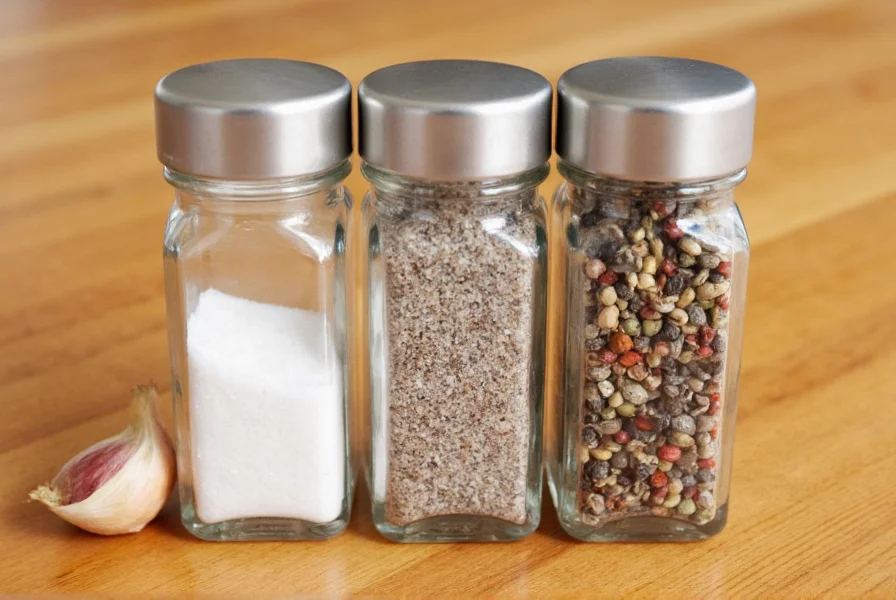
Understanding the differences between these varieties can help you choose the right one for your dish. For example, white pepper is great for creamy sauces where the black specks would be visible, while green pepper adds a fresh, tangy note to salads.
The Ultimate Buying Guide for Black Pepper
When buying black pepper, it's important to consider quality, source, and form. Here's a detailed guide to help you make an informed choice:
Types of Black Pepper
There are two main types of black pepper: whole peppercorns and ground pepper. Whole peppercorns retain their flavor longer and are ideal for grinding yourself. Ground pepper is convenient but may lose potency over time.
Quality Indicators
- Color: High-quality black pepper should be dark and uniform, with no signs of mold or discoloration.
- Aroma: A strong, pungent smell indicates freshness.
- Texture: Peppercorns should be hard and dry, not soft or brittle.
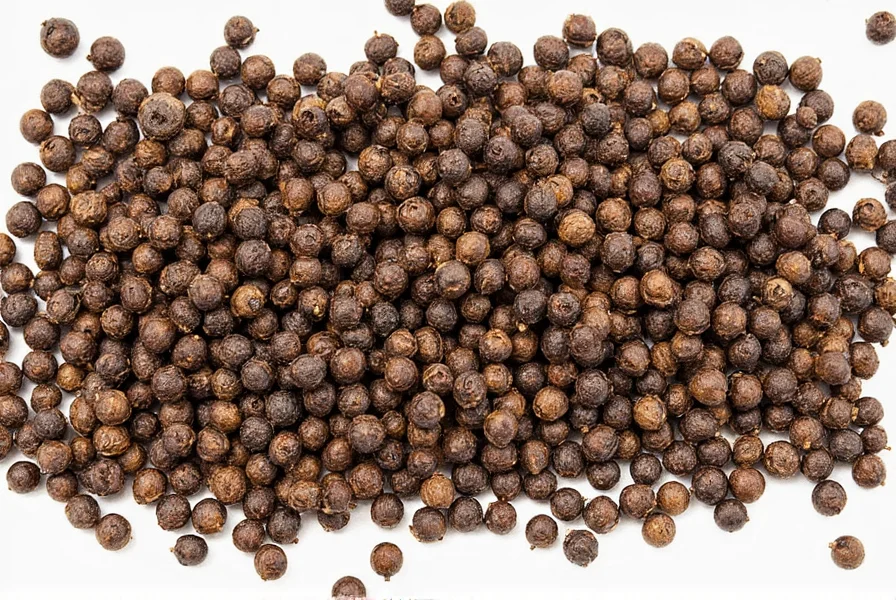
Popular Brands and Products
Here are some top-rated black pepper products available on the market:
- McCormick Ground Black Pepper: A reliable, everyday option with a consistent flavor. Ideal for general cooking and seasoning.
- Penzeys Whole Black Pepper: Known for its high quality and aromatic profile. Great for grinding yourself and using in gourmet dishes.
- La Tourangelle Black Pepper Oil: Infused with real pepper, this oil adds a subtle kick to dressings, dips, and finishing touches.
- Trader Joe’s Cracked Black Pepper: A budget-friendly option with a coarse texture perfect for grilling and roasting.
Each of these products has its own advantages and use cases. If you're looking for a premium experience, go for whole peppercorns from a trusted brand. For convenience, pre-ground pepper is fine, but always check the expiration date.
Where to Buy
You can find black pepper at most grocery stores, specialty spice shops, and online retailers. Look for organic, non-GMO options if possible, especially if you're concerned about pesticides or chemical treatments.
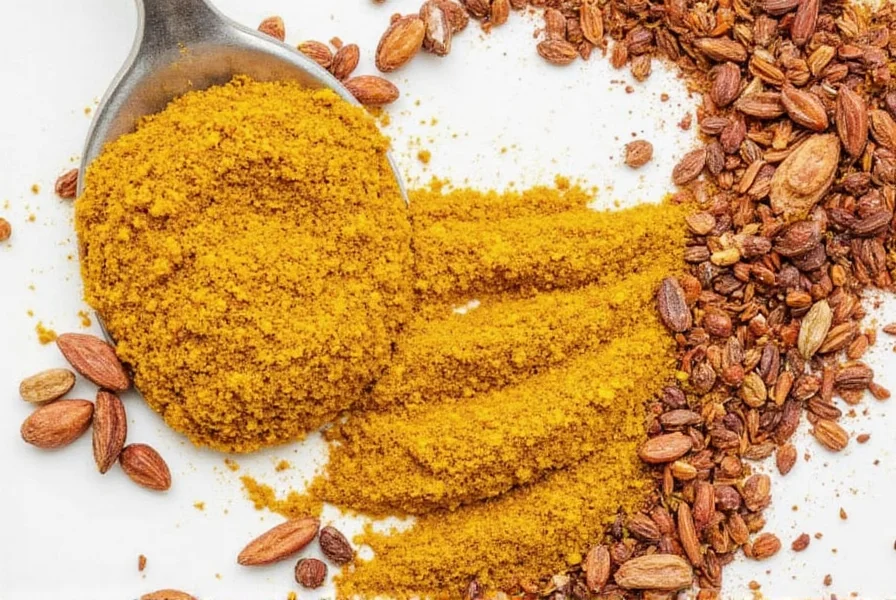
Remember, the key to getting the most out of black pepper is to store it properly. Keep it in a cool, dry place away from direct sunlight. An airtight container will help maintain its potency and freshness.
Conclusion
Black pepper is more than just a simple seasoning—it's a cornerstone of global cuisine. Whether you're using it to enhance the flavor of a hearty stew or to give your favorite dish a final flourish, black pepper has something to offer everyone.
By understanding its different forms, learning how to use it effectively, and choosing high-quality products, you can unlock the full potential of this incredible spice. So next time you reach for the salt, don’t forget the black pepper—it might just be the secret ingredient you’ve been missing.
As the saying goes, “A little goes a long way”—especially when it comes to black pepper. Its bold flavor and versatility make it a must-have in any kitchen. Start experimenting today and discover why it's been loved for centuries.
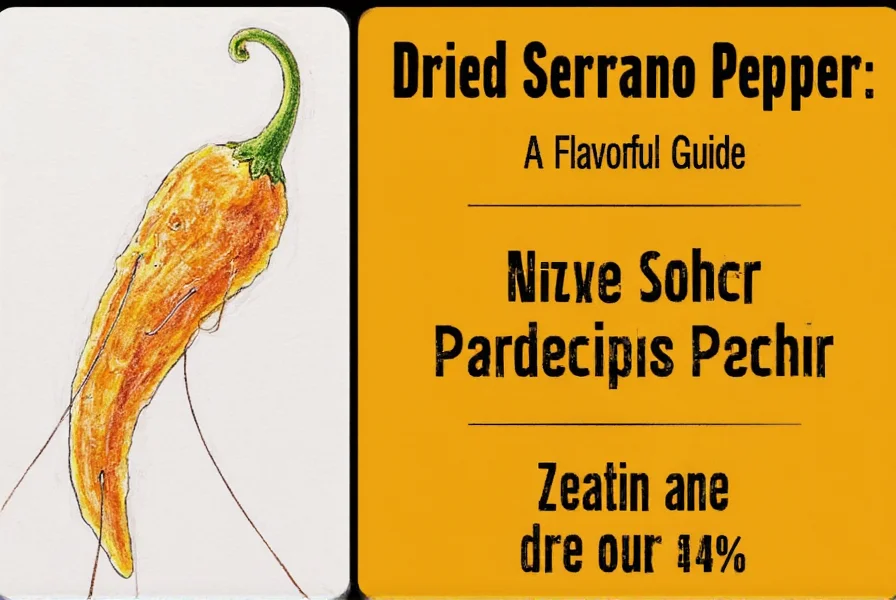
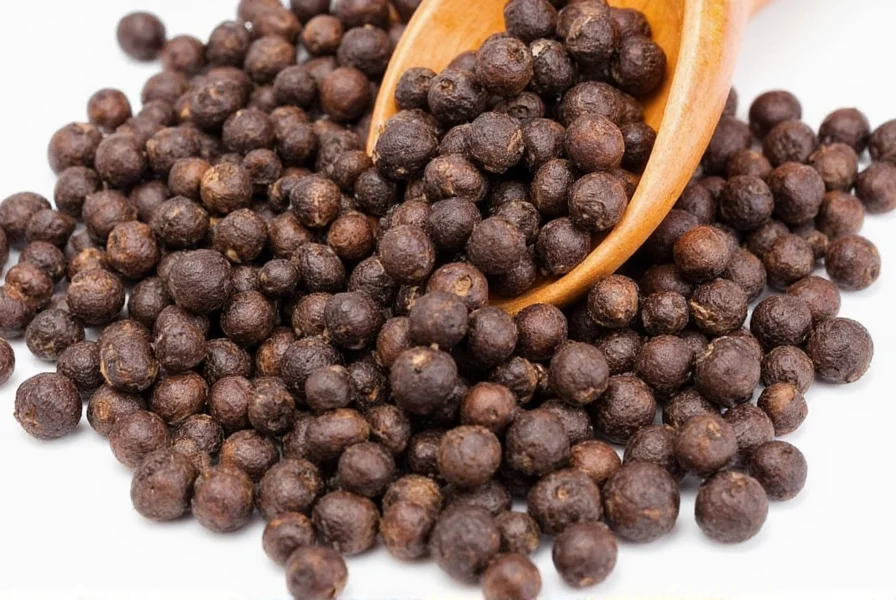
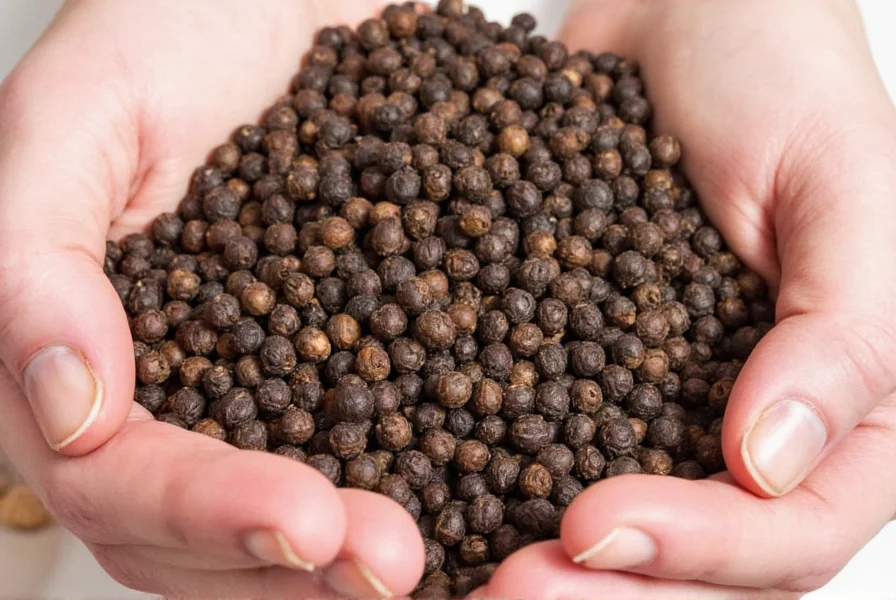
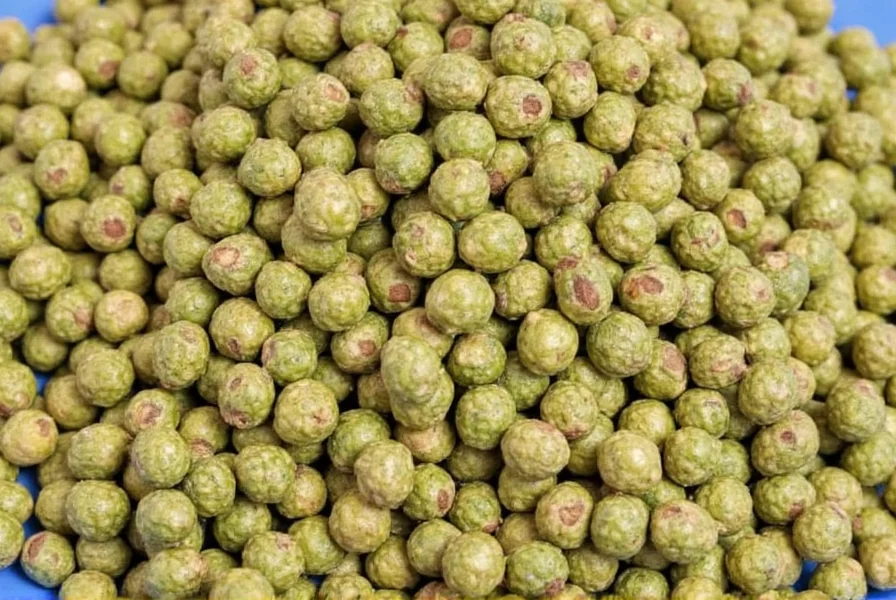
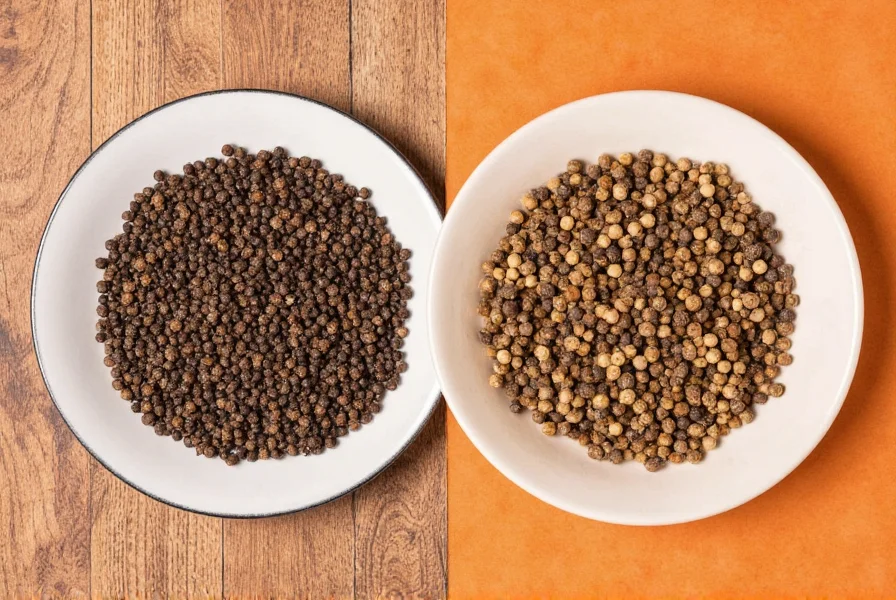

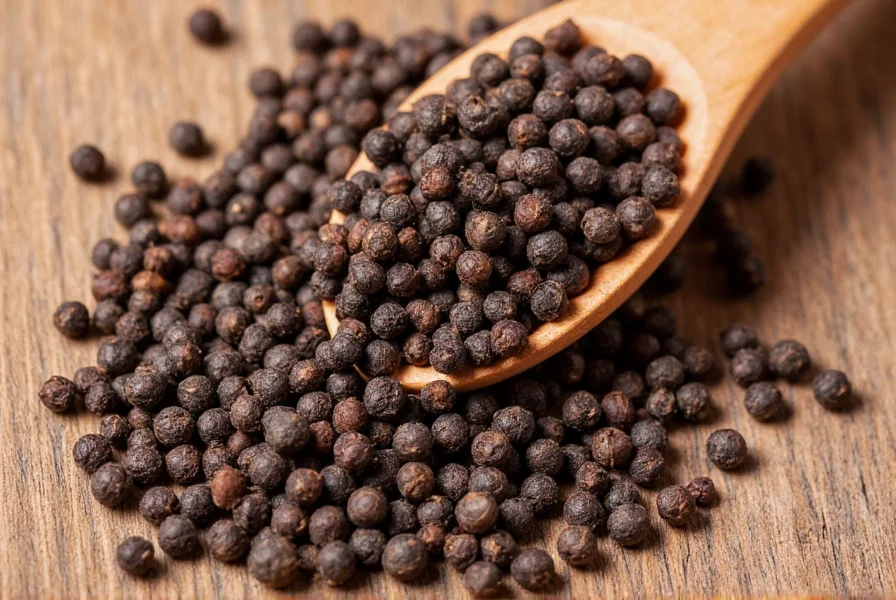









 浙公网安备
33010002000092号
浙公网安备
33010002000092号 浙B2-20120091-4
浙B2-20120091-4